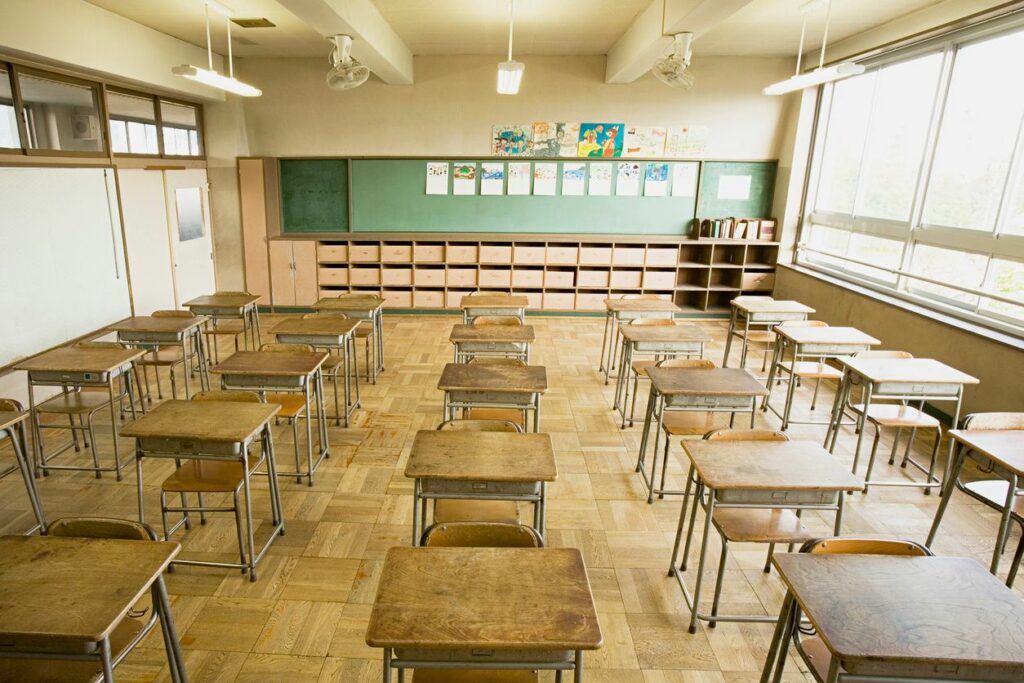Last week, the Michigan House Appropriations School Aid and Education Subcommittee heard a presentation from Eric Guthrie, Michigan’s state demographer. He offered a look into the future of Michigan’s general and K-12 populations, allowing us to speculate the effects it may have on Michigan’s future.
Michigan’s population currently stands at 9,995,915 and is projected to exceed 10 million by 2044. Generally speaking, the K-12 population, which includes ages 5-17, follows with the general population fairly well. But the K-12 population in Michigan will see a decline in the next five to six years, before moderately increasing again, says Guthrie.
Reasons for Decline
The cause of decline is due to several factors. Michigan’s birth rates have dropped, and there was no boom in population to make up for Michigan’s declining fertility rate. The average woman is also having less than two children, and now at a later age. The median age for a first-time mother increased from 25 to 26. The median age for all mothers increased from 27 to 28 years old. This is likely due to the fact that women have more educational and economic opportunities outside of the home, and the cost of having a child has risen. The K-12 population will continue to decline until projected migration and millennial fertility lead to population increases.
According to Eric Guthrie, the change in K-12 population will not be seen uniformly across the state. Northern Michigan counties will likely see the biggest change in K-12 population, with Kalkaska County’s school age population projected to drop by nearly 28%. Other areas won’t see an effect at all.
Why Do We Care?
Changes in K-12 populations could impact funding. This is already greatly affecting students according to a Michigan State University study which revealed Michigan’s per-pupil funding ranks 48th out of the 50 states. It may impact how many teachers are needed throughout Michigan; specifically, where they are needed.

